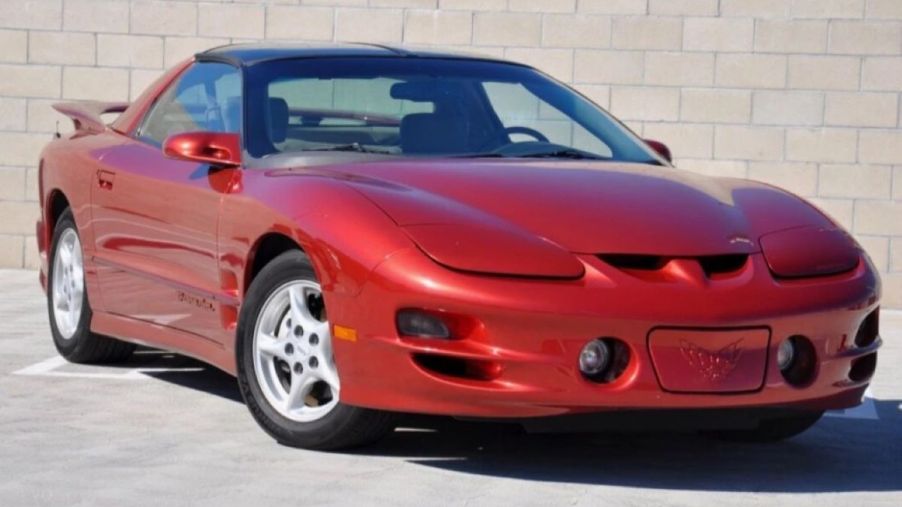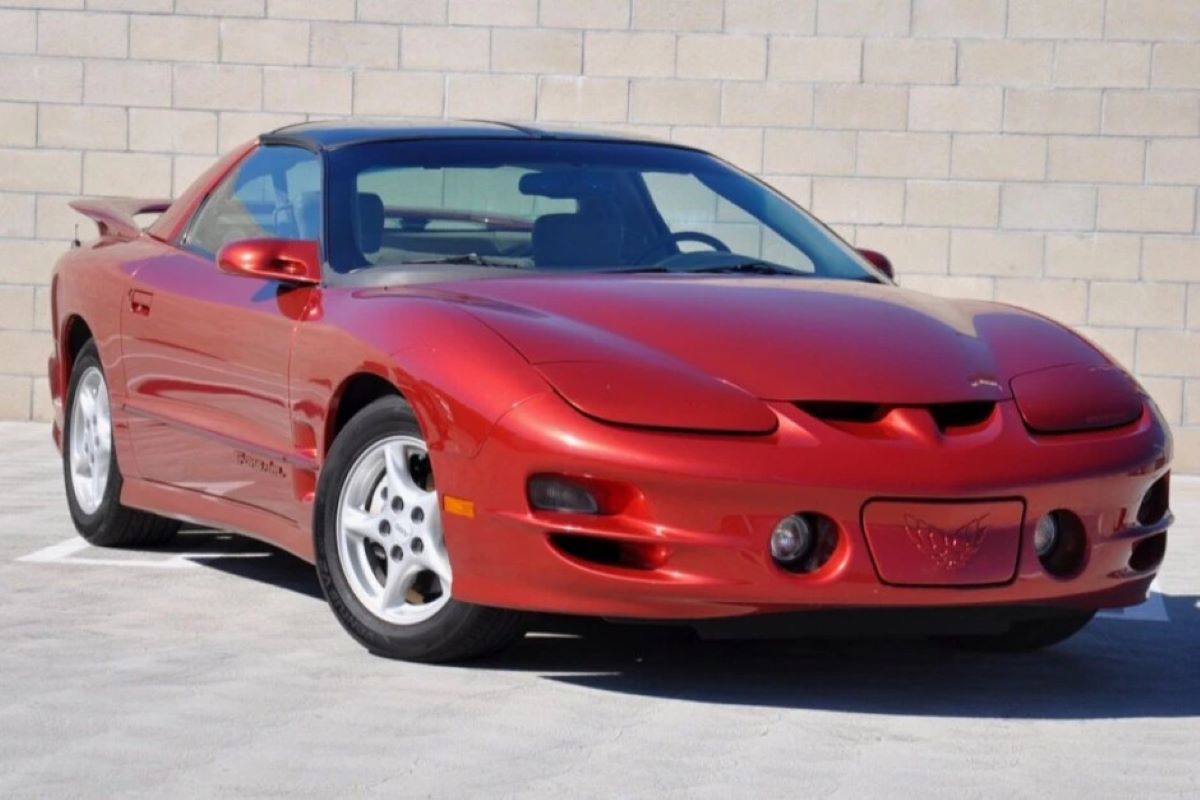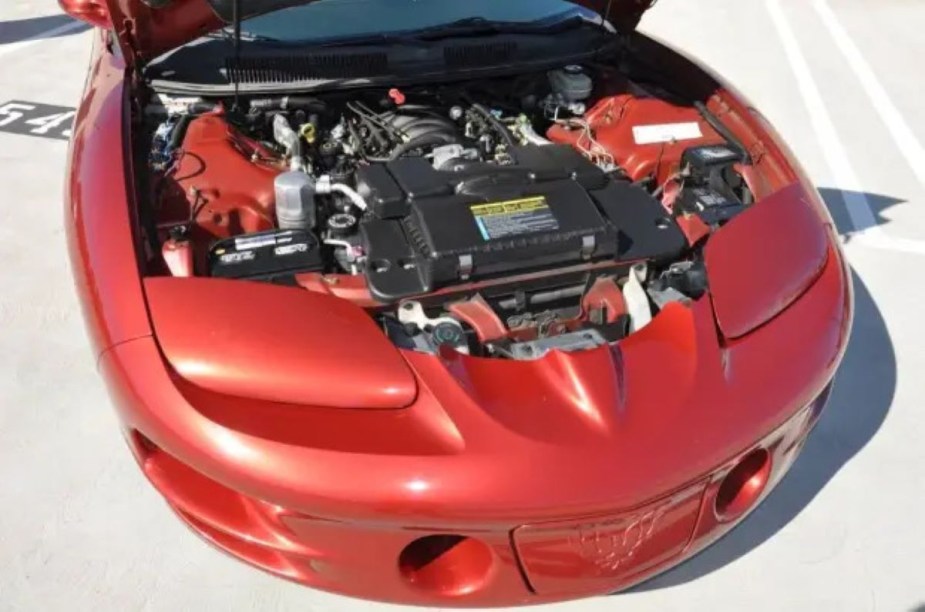
1 Reason Why the 1998 Pontiac Firebird Trans Am Should Be on Your Radar
Cars made in the 1990s are increasingly popular and offer a great return on investment. Even though big-block muscle cars are relegated to yesteryear, there are some with the performance chops to satisfy old-school gearheads. Pontiac’s Trans Am is a snarling T-top coupe that may tickle the fancy of domestic automotive enthusiasts. For one particular reason, the 1998 Pontiac Firebird Trans Am should be on your radar as a priority classic car.
1998 was an engine-change year

Through the 1997 model year, the Trans Am featured the same engine as its bigger brother C4 Corvette. The engine was detuned, but the LT1 5.7-liter V8 was plenty powerful. While the LT1 had an ample 275 horsepower, Chevrolet also offered a 330-horsepower LT4 variant. However, the company dropped it in 1998.
Chevrolet had a newer, improved engine to put in their performance cars. They fitted the 1998 Pontiac Firebird Trans Am with the powerplant out of the recently introduced C5 Corvette: the revered LS1.
The 1998 Pontiac Firebird Trans Am LS1
The LS1 has a similar displacement to the LT1, but there are plenty of differences between the two 5.7-liter units. The new V8 displaced 347 cubic inches in aluminum, compared to 350 in iron. Not only is it stiffer and quieter than the old block, but it’s also 88 pounds lighter, MotorTrend says. As a lighter and more efficient engine, the LS1 beats the LT1 on cleanliness, durability, and power.
Like the older Firebird Trans Ams, Chevrolet swapped the Corvette’s aluminum cylinder heads for cast iron. Fortunately, the LS1 in the 1998 Pontiac Firebird Trans Am revs to an enjoyably lofty 6,000 rpm. Yet, the camshafts are different from the 7,000-rpm Corvette engine. Regardless, drivers will have 305 horsepower and 335 pounds-feet of torque at their disposal.
Chevrolet also upgraded other drivetrain components. They made sure the 1998 Pontiac Firebird Trans Am had tire-shredding credentials. The F-body coupes came equipped with aluminum driveshafts, replacing the previous steel version. All trim levels gained sizeable four-wheel disc brakes to enhance stopping power with dual-piston front calipers and a Bosch anti-lock braking system.
The performance credentials and a Borg-Warner six-speed manual help the Trans Am achieve 0-60 mph in just over five seconds. That isn’t bad for a 3,500-pound muscle car.
Why do so many people like the LS1?

When the LS1 debuted, traditionalists may have lamented the famed iron block 350. On the other hand, many celebrated.
At the time, MotorTrend made their thoughts clear. “We’re here to tell you, we don’t miss last year’s LT1 or even the high-output LT4 engine a bit,” they said. “So if you’re crying over the end of either of those powerplants, dry your eyes and gander at the acceleration numbers this car generated. Case closed.”
LS1 engines are famous for performance tuning because of their lightweight construction. Additionally, those swapping LS1s into everything from Miatas to old pickup trucks enjoy the ability to produce significant power through simple bolt-ons. Since it’s a mass-produced motor, LS1 owners have a wide availability of performance parts.


